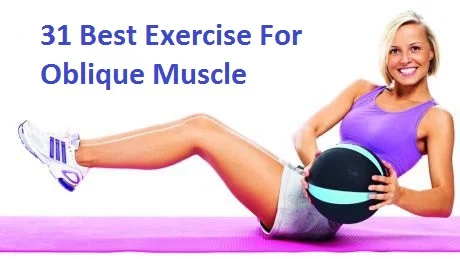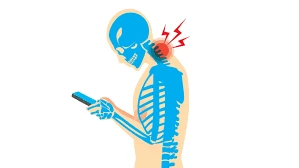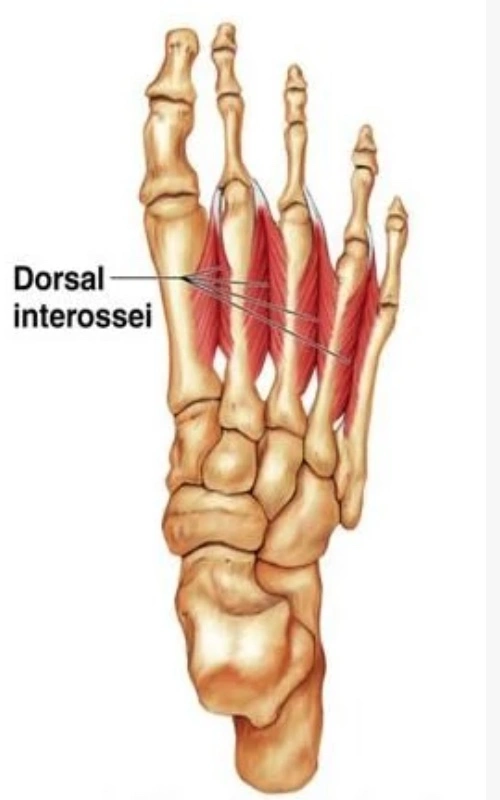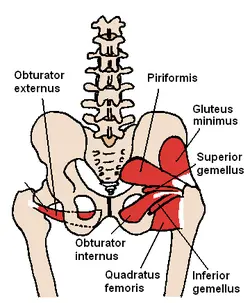31 Best Exercise For Oblique Muscle
Table of Contents
Introduction
The obliques are major muscles in the whole abdominal area of the body. There are two types of oblique muscles internal and external obliques. It extends diagonally from the ribs to the pelvis. The obliques plus the rectus and transverse abdominals constitute the abdominal wall. These muscles work with each other to control movement in the spine, rib cage, and pelvis.
Oblique muscles like the support of the muscles of the core department are very important for daily movements.
If you look at the anatomy of the obliques, as far as where they attach to the pelvis and rib cage. They are participating in the stabilization of the pelvis. They make for a strong core that provides stability throughout the entire movement system.
That is your oblique muscles permit you to bend over and twist your body from side to side.
Strengthening core muscles helps inspire better posture, Balance, and coordination; decreases the risk of injuries, and enhances fitness and athletic performance. To make strong your obliques, you all likely be other muscles make healthy in the process, Helping with mobility and overall functioning.
This Summer is just around the corner which has a lot of individuals thinking about improving (or starting) an exercise routine. Oblique exercise’s main purpose is to the external muscular layer and internal muscular layers of the abdomen which give us strength, balance, and stability. There are many Oblique exercises that you can select from to help improve your tone and fitness of your core.
When we think about core muscle workouts, most of us are involved in the front of our abs. You know, those muscles are produced in that six-pack.
The abs include various muscle groups and it is important to instruct all of them while you are very simple testing to get stronger and protect your body from injury or trying to become an extra visible muscle definition.
The whole core helps us to hold on balanced and accomplish a ton of exercises without falling over or distortion our backs but the obliques in individuals have a very important role. They are the muscles that run along the sides of the waist from the ribs to the hip bones. They use them all time we twist our torsos or bend down to one side or the other. The obliques help to stabilize us and stay our torso preserved.
Especially, To exist a minimum chance your lower back is going to become fatigued have strong oblique muscles that can help with twisting or turning movements of your body. Here it is very important to build strong oblique muscles to help us perform very stronger in various sports, exercises, and functional movements in daily life.
What Does The Obliques Do? Is The Oblique Function?
- The obliques’ main purpose, as has already been discussed multiple times, is to provide rotational power. It does more than simply twist, though. In order to determine the exercises we should employ to train the obliques, let’s first look at the major purposes of the obliques. Keep in mind that you should exercise a muscle in a way that is as close to its natural function as possible.
- The Core’s Rotation Is Assisted By The Obliques
- Obliques Avoid Rotation
- The Obliques Help To Keep Core Stability
- Obliques Help With Lateral Bending
- The Obliques Help the Spine Flex (Upper Towards Lower)
Best Exercise For Oblique Muscle are:
Side planks:
- This exercise primarily goal the obliques, but it also works the whole side of the body including the shoulders, core, and hips.
- Other major muscles worked include the: Shoulder muscles and Gluteus
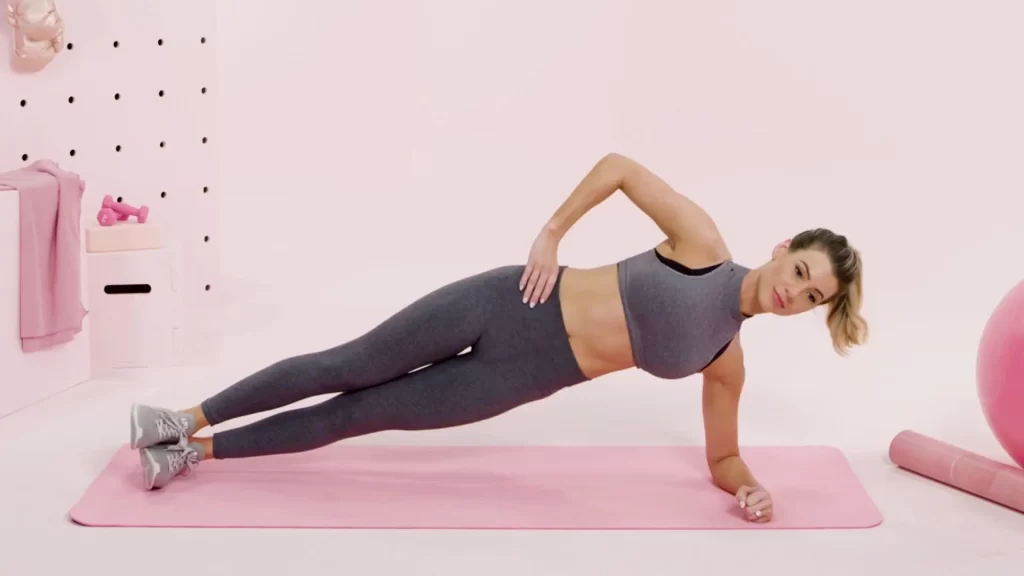
How to do it:
Lie on the surface of the ground on your left side.
Then Come up onto your hand or forearm, supporting your upper body.
Bend your knees at a 45-degree angle and put together your right leg on top of your left. You can also extend your legs and together feet if you have the strength.
Hold your core muscle and raise up your hips until your body is in a neutral line from head to toe.
Take your feet touching and also use your obliques to pull your right hip perpendicular to the floor. lift your hip just a bit higher to keep off the top. Then return your right arm to rest on your side or extend overhead.
Hold it for the selected time, then switch sides.
Whether on your knees or your feet, this move not only aims your side abs, but your upper body and one of the muscles in your booty called the gluteus medius, a very important stabilizer for your pelvis.
Side Plank Dips:
- Side plank dips are a more impressive way to fire up the obliques in a side plank position.
- This exercise primarily targets the obliques but it also works the whole side of the body including shoulders, core, and hips.
- Other muscles also worked include the: Deltoid and Quadriceps

How to do it:
Start in the side plank position.
Then lift your upper arm straight above you, or keep your upper hand on your top hip.
Drop your hips until they come into contact with the ground, then return to the start position respectively.
Repeat for 10 to 15 reps and then go to the other side.
Single-leg side plank:
- Balance on one leg to take a side plank up a achieve.
- Muscles also worked include: Deltoid and Quadriceps
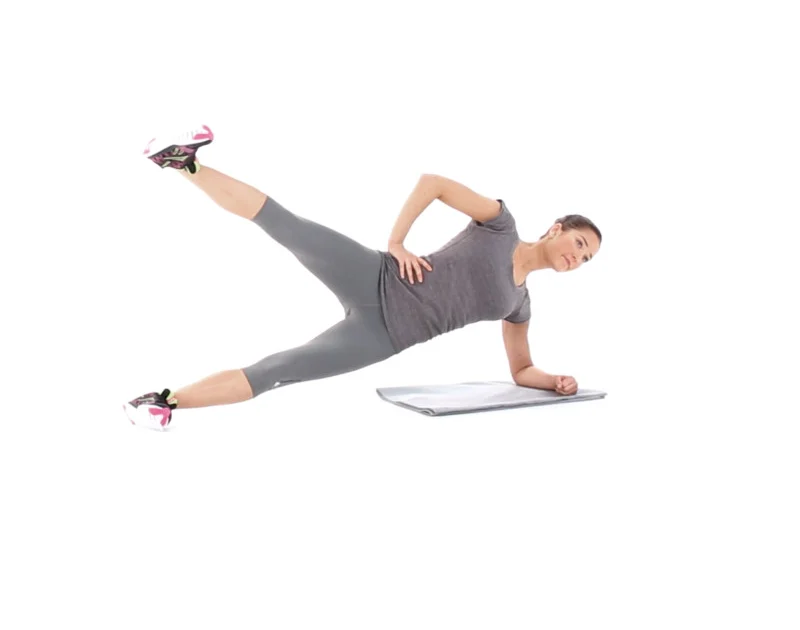
How to do it:
Initially get into a side plank position on your feet.
Then lift the upper leg, supporting your weight on the bottom leg.
Side plank with a reach-under
- Adding a side plank with a reach-under will primarily provide a target to those oblique muscles.
- Other major muscles worked include the: Shoulder and Gluteus medius
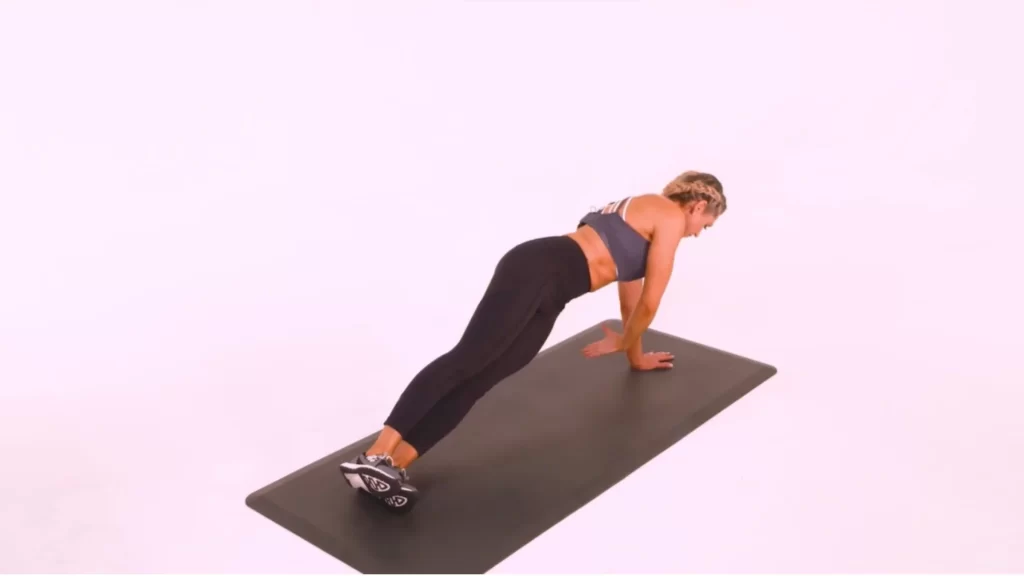
How to do it:
Start Lying on the ground surface on your one side.
Come up to your hand or forearm, also supporting your upper body.
Bend your knees at a 45-degree angle and drift your right leg on top of your left.
Keep your feet touching also use your obliques to pull your right hip toward the perpendicular to the ground.
Then Extend your left arm overhead.
Breathe in, and reach your hand down and under the left side of your body adding in that twist.
Return your arm overhead, then repeat this.
Side plank with rotation:
- Side plank with Adding a rotation – rotating your side planks from side to side – creates a challenge.
- Muscles also worked include: Deltoid and Quadricep
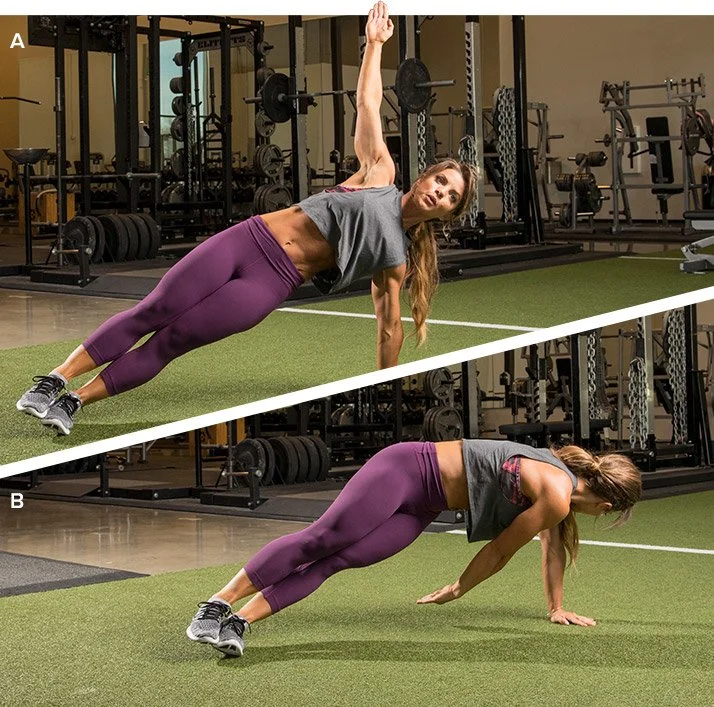
How to do it:
Assume a high plank position with shoulders in line with wrists and your neck center. Place your feet right next to together.
Lift your right hand off the ground surface and begin to rotate into a side plank position, opening your torso to the room.
Also, Your right arm should follow your body while remaining extended.
Pause here the movement and then return to the high plank, repeating on the opposite side.
Trunk Rotations:
- Trunk rotations exercises are best for the core muscle and primarily target the obliques muscle as well as the upper body.

How to do it:
Start in a high plank with your core. Do not forget to squeeze your buttock the entire time.
Then Bring your left knee below your body toward your right elbow by twisting your figure slightly. You Think of it as a slow side-to-side mountain climber.
Repeat the movement on alternating sides.
Side Bends:
The key here is making the movement slow and controlled and begin the movement from your core.

How to do it:
Stand with feet shoulder-width apart from the floor, holding a medium-to-heavy dumbbell in your right hand.
Then Engage your core and bent at your waist to the right toward the floor. Let the weight lead you down slowly.
Pulling from your core muscle brings your body back to the start position and then switches the side.
Standing Side Crunch:
- This movement mostly targets your obliques, but it also challenges your balance a bit. Make sure to keep your pelvis tucked that is, make sure your buttock is not sticking out and your back straight so you do not feel this in your lower back.
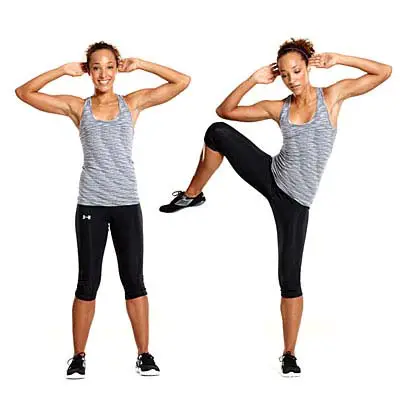
How to do it:
Stand with your foot shoulder-width apart. Then Place your right hand close to your same side ear.
Raise your right knee on the side of your body while bringing your right elbow below to meet it.
Then Raise your arm back up into the air as you straighten your leg and lower your foot back down to the ground.
Bicycle crunch:
- This twisting abs move will have your obliques on alight. Another benefit is that it is adaptable, too.
- If you have trouble keeping your lower back send up to the ground, place your feet on the ground instead of extending your legs.

How to do it:
Start Lying on the ground on your back, and take your legs to a tabletop position.
Then twist your elbows and take your hands behind your head.
Using your core muscle and lift your head, neck, and shoulders off the ground, and bring your right elbow to your left knee, take straight your right leg.
End of the Release slightly and twist to the other side, bending your right leg, straightening your left leg, and bringing your left elbow to your right knee.
Wide side crunch:
- Attach some leg work into this movement. The main focus is on the obliques muscle here for all that, so if your legs fatigue, come out of the squatting a bit.
- Other muscles worked include: Quadriceps and Gluteus
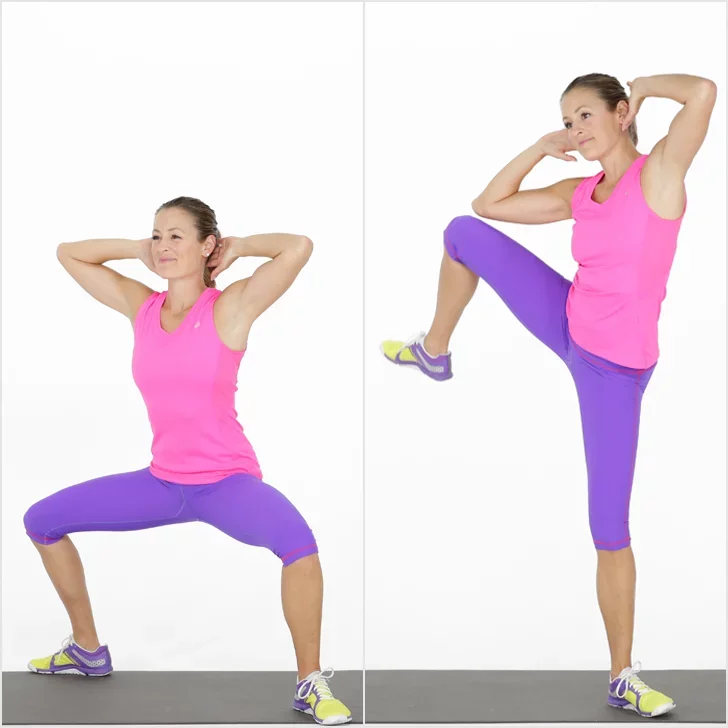
How to do it:
Initially Take a wide stance with your toes pointed out.
Then Sink into a squat position, and lift your arms out to your sides with your elbows bent at a 90-degree angle.
Staying in the squatting position bend at your side taking your right elbow toward your right knee.
Return to the center and crunch to the alternative left.
Wall Ball:
- The wall ball is an important whole-body exercise that targets the obliques but additionally works the upper and lower body.
- Other muscles also worked include the: Deltoids
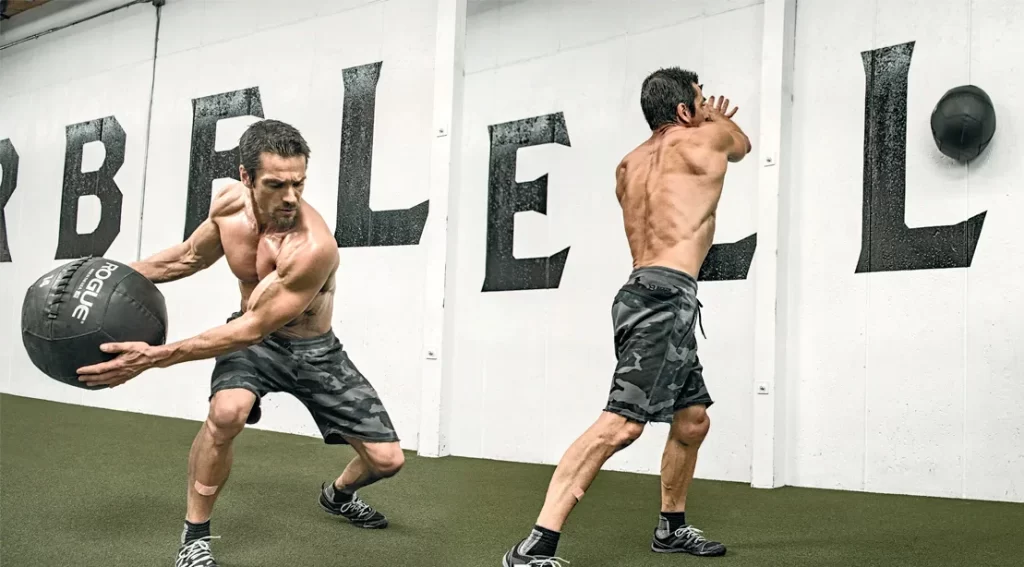
How to do it:
Grab a medicine ball and position yourself 3-4 feet away from a solid wall knee slightly bent. Turn so your right side is towards the wall.
Hold the soft medicine ball with both hands at the side of your left hip also use your back muscle they are generally pretty strong.
Squat down slightly twist your figure and use power from your hips to throw the ball toward the wall, extending your arms as you go.
Catch the ball, bending your knee to absorb the catch. The ball is back to hip level and immediately toss it again.
Repeat for the selected number of reps, then switch sides.
Side Kicks:
- Side kicks are primarily target butt-focused, but always find it gives me a great go-up in my obliques. Stand against the wall.
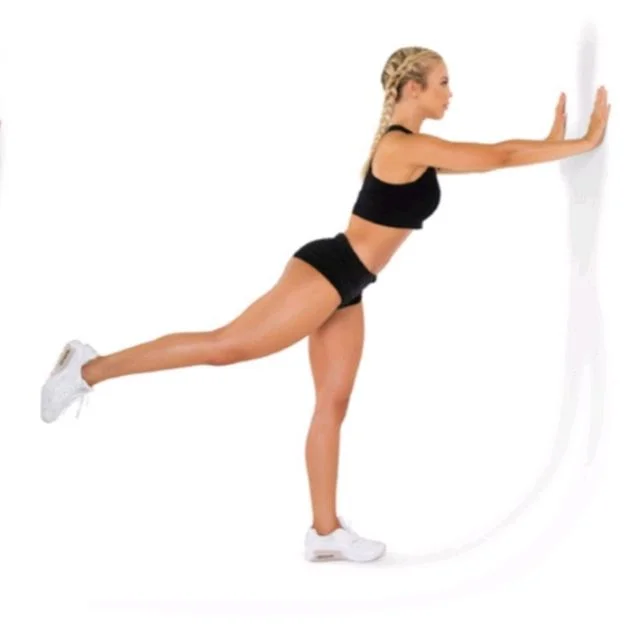
How to do it:
Stand away from the wall so that you can bend your torso forward and press your palms against it elbows bend.
Place both hands on the wall. Lift your right leg off the ground surface parallel to the floor.
Bring your right knee toward your right elbow. Then, dorsiflex your feet and kick the leg back out straight to the parallel position.
Repeat this for decided repetition then switch sides.
Forward Lunges With Rotation:
- Not only does this exercise work the obliques, but it is also a great go-up for your shoulders, other areas of the core, quadriceps, hamstrings, and gluteus. To get the most out of this movement, keep your back straight and your core super tight throughout.
- Other muscles worked include: Quadriceps, Hamstring, and Gluteus
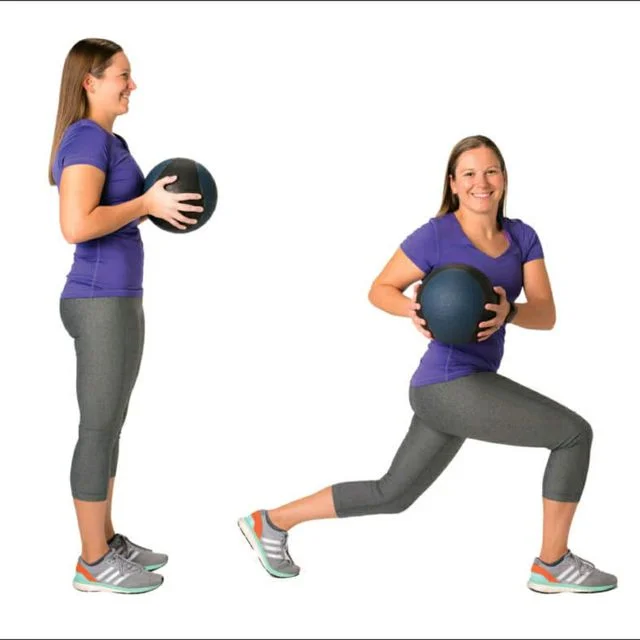
How to do it:
Stand with your foot hip-width apart. Hold a medicine ball in both hands with arms extended in front of your chest.
Lunge forward with your left leg. As you bend your knees, rotate your torso to the left, creating sure to keep your arms straight.
Rotate back to midway, and take off your front heel to return to the start.
Continue this movement by alternating both legs.
When you added a rotation to the exercise, you can count on your obliques firing. Animate walking lunges with a twist of the torso over your front leg.
Lunge with rotation and added weight:
- Muscles also worked include the: Quadriceps, Hamstring, and Gluteus

How to do it:
Complete this lunge the same way you resolve without weight and hold a dumbbell in front of you with your arms extended, twisting as you.
Heel tap:
- Target your obliques with this movement, which is basically a side crunch on the ground.
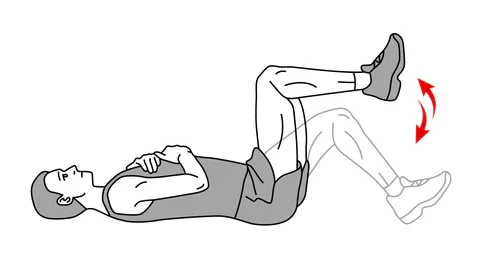
How to do it:
Start Lying on your back on the ground with your knees bend and feet flat.
Then Arms should be down by your sides with palms facing up or down your preference.
Breathe in and use your core to lift your head and upper back off the ground.
Reach over to your left side tapping your heel with your left hand. Imagine this movement as a side crunch t then resist the alternative to lift your upper body preference other than leaving the ground.
Return to the center. Repeat on the right side.
Cross-body mountain climber:
- Frequently done as a form of cardio mountain climbers target the core mainly the oblique.
Here then you would for a cardio mountain climber to really well focus on the abs. - Other major muscles worked include: Deltoid, Triceps, and Quadriceps
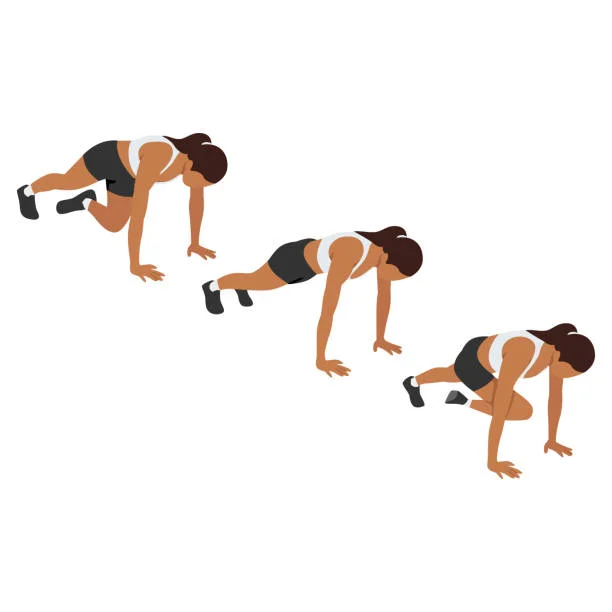
How to do it:
Start in a high plank position but also with your gluteus slightly higher than they intend in that position.
Wrists are under the shoulders and take your neck is neutral.
Take your left knee forward toward your right elbow keeping the rest of your body at rest.
Return to the start and then repeat with the right leg.
Standing core stabilizer:
- Does not judge incorrectly the benefit of this standing abs movement. Make sure that you are twisting your whole torso, not just your arms, to get the full and very perfect benefit.
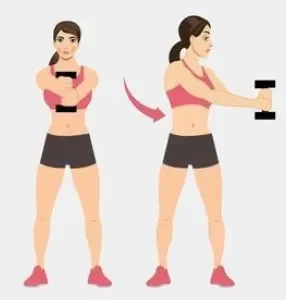
How to do it:
Stand straight with your feet about shoulder-width apart and take your arms straight out in front of you hands touching.
Support your core and begin to twist your upper body to the left, leading with your hands and allowing the right toe to the axis in response.
Your gap should follow this movement.
Return to the neutral and repeat for the selected number of repetitions, then repeat on the right side.
Standing knee tuck extension:
- The standing knee tuck extension is a dynamic exercise that primarily targets the abdominal muscles, particularly the lower abs. It also engages the hip flexors and challenges your balance and core stability.
- Really reach that elbow to knee, while minding on the side bend to get the most crunch for your buck.
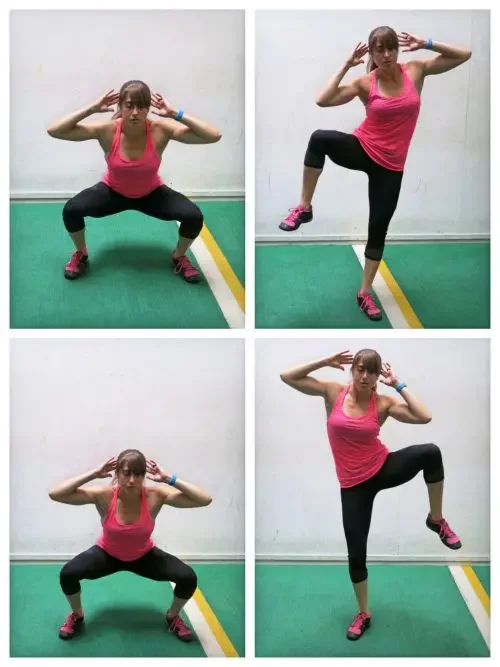
How to do it:
Initially Stand with your feet wider than shoulder-width apart and your toes point out.
Bend your elbows and put your hands back on your head.
Take your core and bend sideways at the waist, take your knee up and your elbow down simultaneously.
Return to neutral and repeat on the alternative side.
Sit-Ups to Twist:
- This exercise primarily targets the obliques but you will also work all of the abdominal muscles.
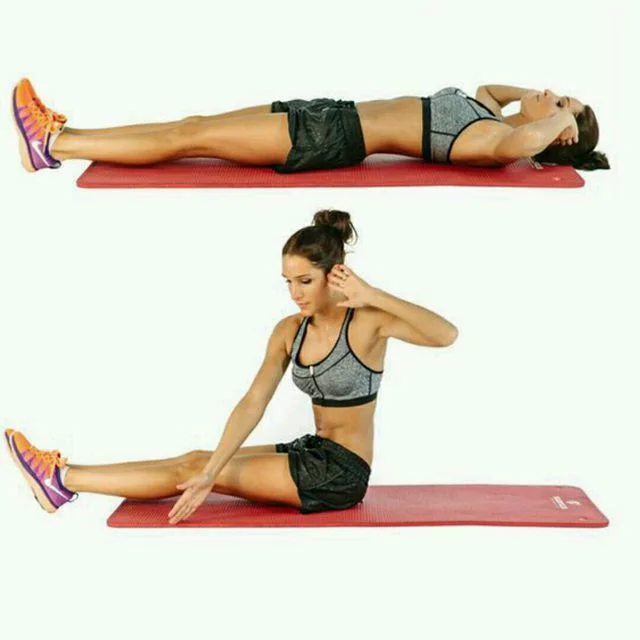
How to do it:
sleep on your back with your knees bend and feet flat on the floor.
Place your hands behind your head, become involved in your core, and do a full sit-up. At the top of the sit-up, put your right elbow to your left knee and twist your body toward that side.
Then Lower back down to start.
Repeat this movement alternating sides severely time.
Russian Twists:
- Russian twists work the entire core with an emphasis on the obliques.

How to do it:
Sit on the floor with your knees bend and your feet flat on the floor.
Your back at a 45-degree angle to the floor and lift your feet off the ground, balancing on your tailbone.
Keep your back straight and the medicine ball close to your torso
Extend your arms and twist your figure, allowing your arms to drop to your right side.
Twist back, dropping to the left.
Core control is key to executing the Russian twist. Rest your feet flat on the ground here if you need extra stability.
Spidermen push-ups:
- These are very important for the entire core, but the side crunch part allows your oblique muscle some extraordinary love. You will also get a bonus upper body workout since you are using your shoulder, arm, and back to stay in the plank position. And as with any exercise that is done in plank position, you should also be therefore working your buttock the entire time.
- Other muscles also worked include the: Chest muscle, Deltoid, and Quadriceps
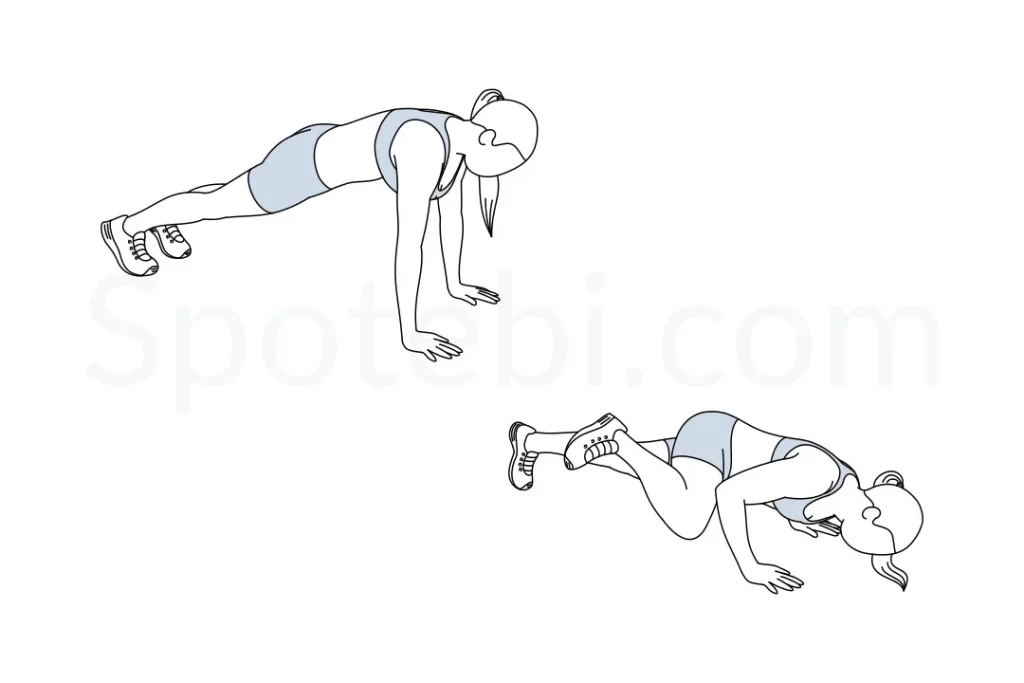
How to do it:
Start in a high plank position.
Then bend your knee and pull it out to your side, bringing your knee to your elbow.
Use your upper body to turn toward your knee to perform a look like a side crunch.
Repeat on the alternating side.
These crunches will require upper and lower body strength, too.
Wood Choppers:
- The rotating movement strengthens your obliques but is also significant to fire up the quadriceps and gluteus.
- Other major muscles also worked including the: Deltoid and Gluteus
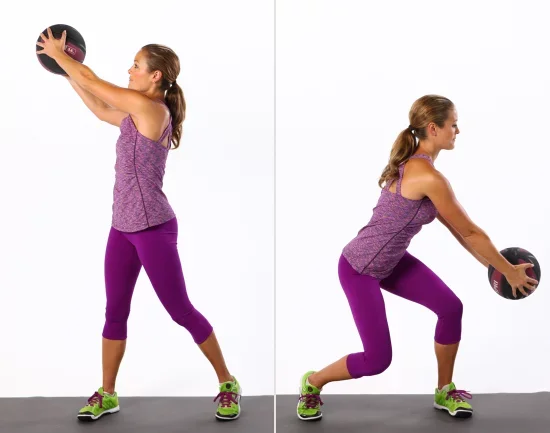
How to do it:
Grab a dumbbell and hold it in both hands by each end to the right side of your body.
Squat down slightly and turn your trunk to the right.
Stand up and keep your arms extended swing the dumbbell up and beyond your body in a controlled motion by twisting your figure to the left.
Rotate slightly off your right foot as you go and bring the dumbbell to end over your left shoulder.
Return to the starting position, repeat the desired number of reps, then repeat on the alternating side.
Although it is the opposite direction in which you had actually chop wood. This twisting activity with added weight will work your full body.
Power Hooks:
- Power Hooks are very good for obliques exercise.
- Power hooks are an important way to build upper body strength along with working the core muscle, especially oblique muscles.

How to do it:
Stand in a fighting posture with your dominant power leg behind you.
With your hands in front of your face, take your front elbow and raise it to chest level.
Take your arm at a 90-degree angle.
Build up your waist and hips to throw a front hook over the body.
Repeat with your arm and this time rotate off the ball of your back foot.
Then Continue alternating arms as quickly as you can while still maintaining form.
Bird dog:
- This move primarily targets your abs and will also test your body balance.
- Besides the obliques, it also works the: Lattisimus dorsi and Gluteus
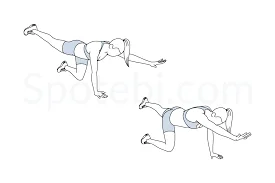
How to do it:
Going to Start on all fours with your hands in line with your shoulders and knees in line with your hips.
Inhale, support your core and reach your right arm and left leg straight out so they are both parallel to the ground surface.
Ensure that your lower back stays stable and your hips stay close to the ground.
Exhale and return to start. Repeat with the alternating leg.
Windshield wipers:
- The picture is like your legs as this car accessory, moving back and forth from the center of the body.
- Start with your knees bent but you have the other option to extend your legs if you feel up to it.
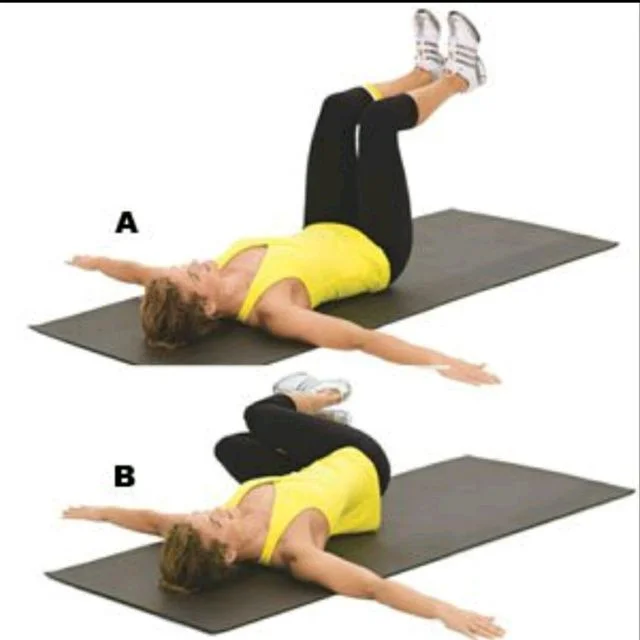
How to do it:
Start Lying with your back flat on the ground surface and your legs in the tabletop position.
Your arms should be out perpendicular to your body to the ground.
Refreshing your core, slowly allow your knees to fall to the right, maintaining control all the way down.
Otherwise, Pause when you feel your upper back coming off the ground.
Return to starting position, then repeat on the alternative side
Single-arm toe touch:
- Single arm-toe touch is your whole core with this move. Bend your knees and place your feet flat on the ground surface s if extending your legs is a part too exciting.
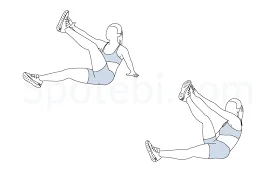
How to do it:
Start Lying on your back with your legs out in front of you and your arms at your sides.
Then brace your core, lift your right arm and left leg up, twisting to tap your left foot with your right hand.
Release back down and repeat with the alternative leg.
Dead Bug:
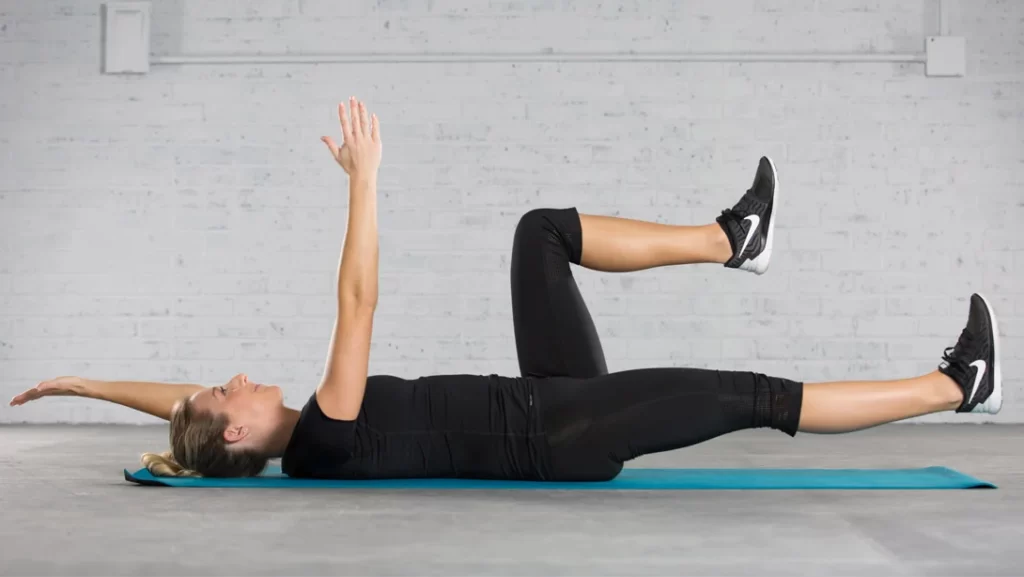
How to do it:
Start Lying on your back with your arms extended up toward the roof.
Then Bend your knees so your shins (also shins should be parallel to the ground floor) and thighs form a 90-degree angle.
Hold your core and lower your right arm.
straight back behind you at the same time you lengthen your left leg out long in front of you, lowering it so it hangs just above the ground.
Return them to the neutral position and repeat on the alternative side.
For an added challenge, hold light dumbbells in every hand as you complete the move.
Extended side Angle Pose:
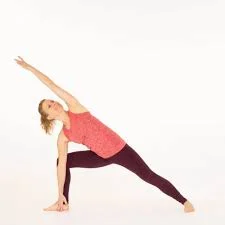
How to do it:
Start standing position.
Place your hands on your hips with your feet in a wide posture. Turn your right foot so it is pointing to your right.
Bend your right knee and lower body parts down into a lunge position: Your knee should be bent at a 45-degree angle, and not extending over your ankle; your left leg is extended behind your other leg.
Then Bend your right elbow and also take rest it on your right thigh and twist your body, always keeping the head position with your spine and also facing left.
Lift your left arm overhead with your palm facing the floor and stretch it close by your left ear so you feel your entire left side lengthen.
To increase the problem, place your right hand on a block or all the way to the floor instead of resting on your knee. Hold for 30 to 45 seconds and then switch the other sides.
Side V-Up:
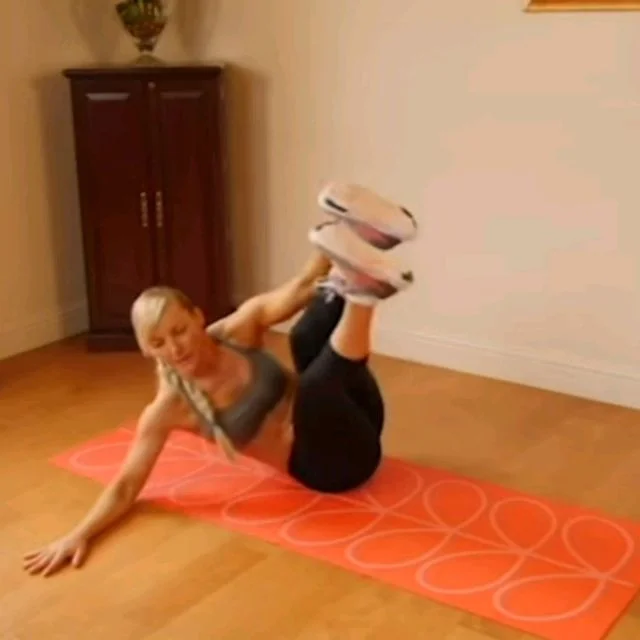
How to do it:
Initially Start lying on the outside or right gluteus with the right arm on the floor at a 45-degree angle from the palm down both legs together and lifted in air at 45 degrees, and the left arm extended straight overhead.
Then Push your right palm into the ground floor surface to rise up onto your right forearm as you fold at the waist and lift your legs and lower your left arm to touch forming a “V” shape with the body.
Then Lower back down without touching your shoulders or feet to the floor. That is one rep.
Sprinter Situp:
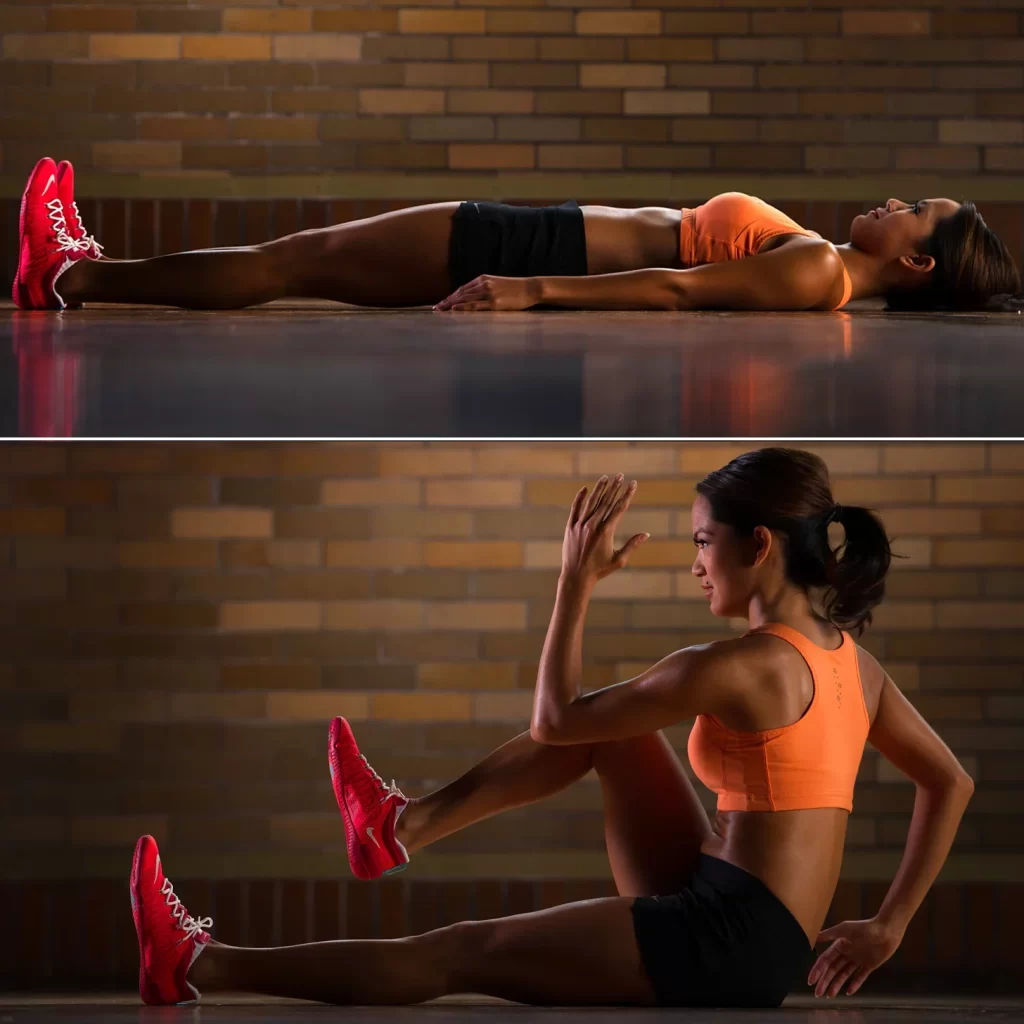
How to do it:
Start lying on the back with hands by the sides and legs extend straight on the floor.
strongly sit up, bringing right knee toward chest, right arm back, and left arm forward at a 90-degree angle.
Then back the movement motion with control and repeat the alternative side. That is one rep.
Bear Crawl:
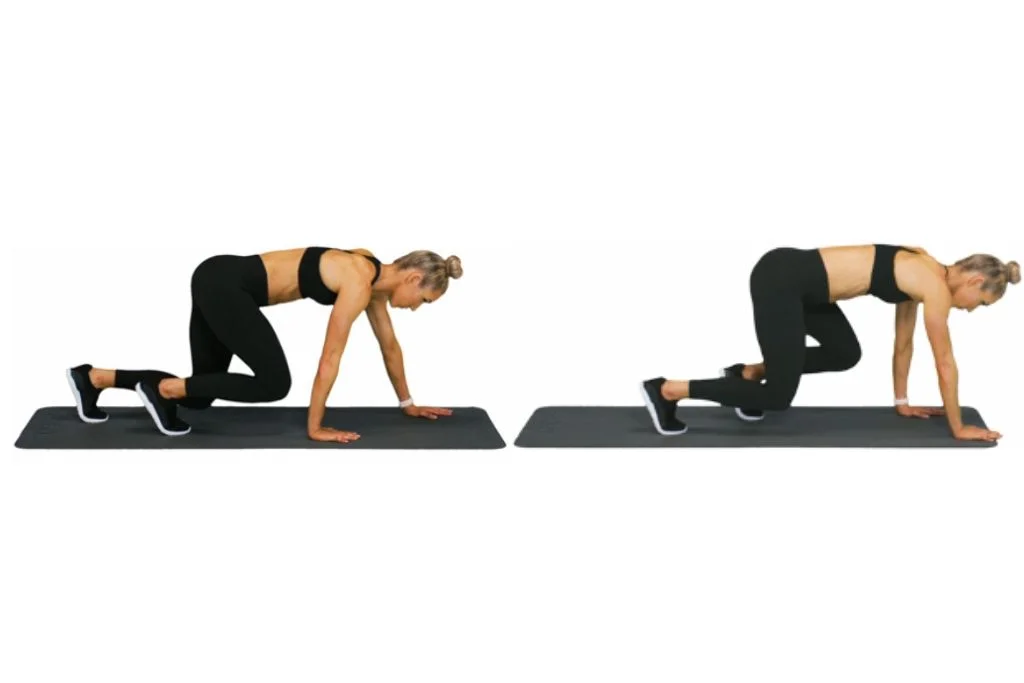
How to do it:
Initially Start at the back of the mat on all fours with shoulders over wrists and hips over knees, toes tucked and knees hovering one inch off the floor.
Then forward the left hand and the right foot forward, leg bent at hip level, then repeat on the alternative side, moving forward up to fingers reach the front of the mat.
Reverse steps back to start the move.

